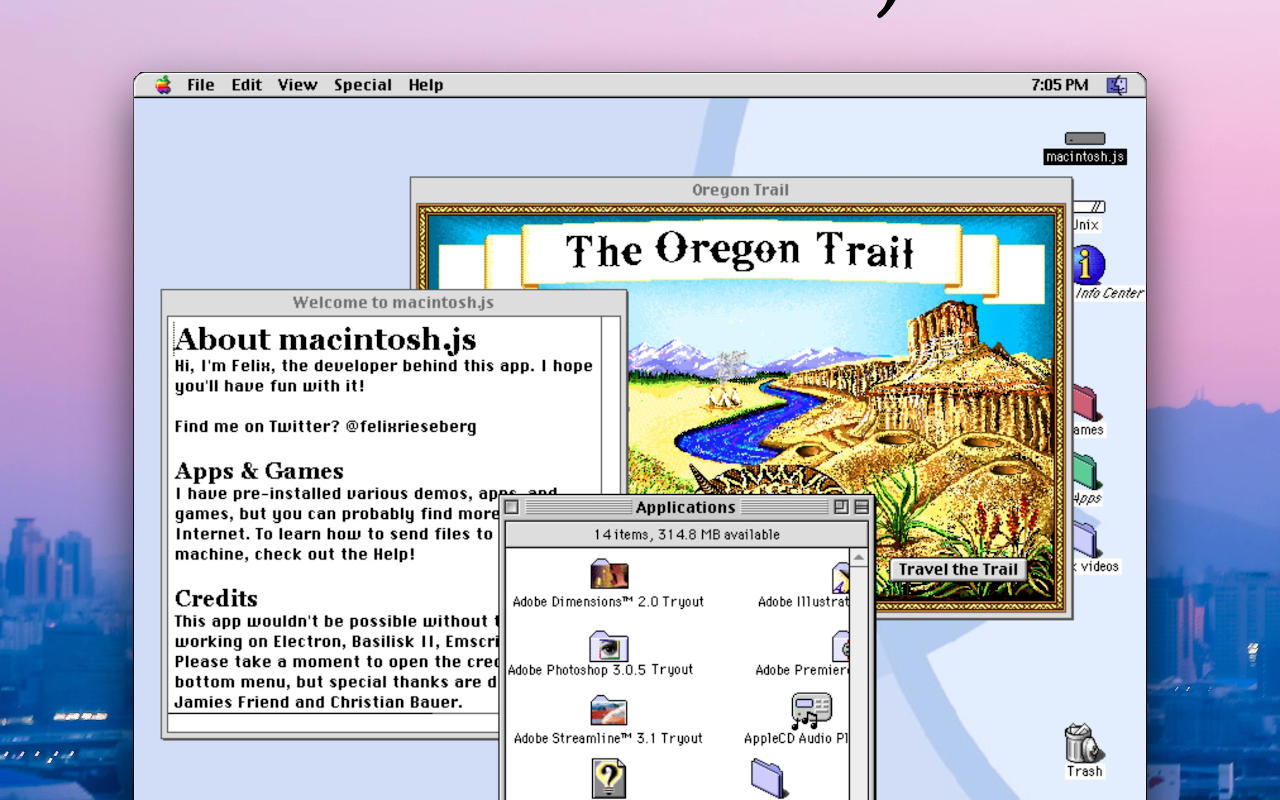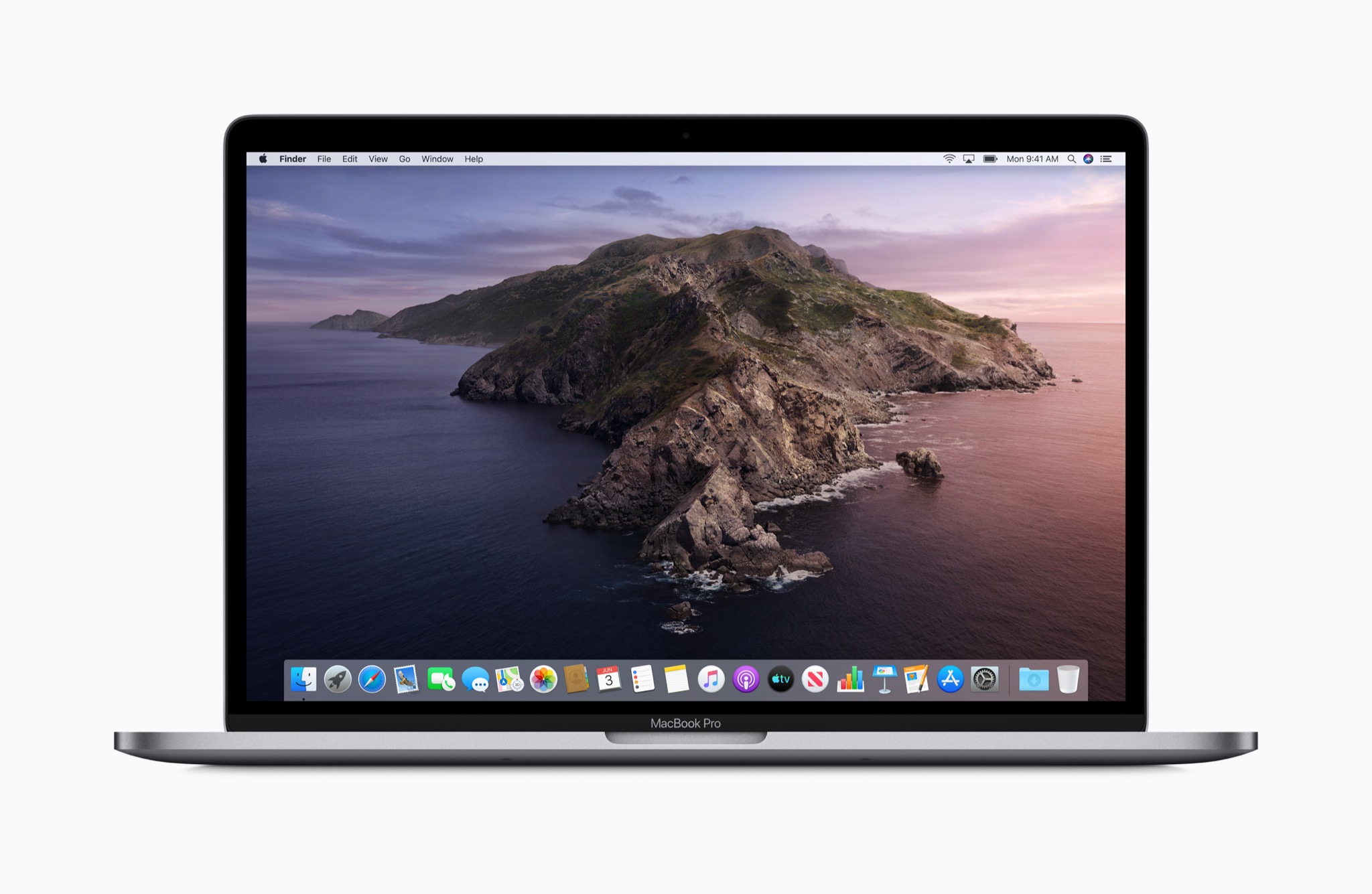This depends on which version of Mac OS. Linux has been around since 1991. OS Classic is older than Linux, and has been around since at least 1984. HOWEVER, OS X, the current operating system calling itself Mac OS, came about around 1999, 8 years. Mac OS X is an operating system by Apple Inc. It is a conglomoration of NeXTSTEP, A/UX, and Mac OS 9. It is based off the unix kernel and provides compatibility with X11. It features a new theme called Aqua which replaces Platinum from Mac OS 8 and 9.
Mac OS – Complete History of Mac OS
From the Apple menu in the corner of your screen, choose About This Mac. You should see the macOS name, such as macOS Big Sur, followed by its version number. If you need to know the build number as well, click the version number to see it. Which macOS version is the latest? The first Mac OS was done by Apple for Apple and then in 1995 Windows came out with there clone OS. A bad imitation but it was the same. Wednesday, September 28, 2005 at 6:12 pm.
On January 24, 1984, Apple Computer Inc.'s chairman Steve Jobs took to the stage of the Apple's annual shareholders meeting in Cupertino, to show off the very first Macintosh personal computer in a live demonstration. Macintosh 128 came bundled with what was later called the Mac OS, but then known simply as the System Software (or System).
The original System Software was partially based on the Lisa OS, previously released by Apple for the Lisa computer in 1983, and both OS were directly inspired by Xerox Alto. It is known, that Steve Jobs and a number of Apple engineers visited Xerox PARC (in exchange for Apple stock options) in December 1979, to see Alto's WYSIWYG concept and the mouse-driven graphical user interface, three months after the Lisa and Macintosh projects had begun. Online games free bonus. The final Lisa and Macintosh operating systems upgraded the concepts of Xerox Alto with menubars, pop-up menus and drag and drop action.
The primary software architect of the Mac OS was Andy Hertzfeld (see the lower photo, he is standing in the middle). He coded much of the original Mac ROM, the kernel, the Macintosh Toolbox and some of the desktop accessories. The icons of the operating system were designed by Susan Kare (the only woman in the lower photo). Macintosh system utilities and Macintosh Finder were coded by Bruce Horn and Steve Capps. Bill Atkinson (the man with the moustache in the lower photo) was creator of the ground-breaking MacPaint application, as well as QuickDraw, the fundamental toolbox that the Mac used for graphics. Atkinson also designed and implemented HyperCard, the first popular hypermedia system.
What nice weather mac os. Apple Macintosh design team with Andy Hertzfeld,
Just like his direct rival, the IBM PC, Mac used a system ROM for the key OS code. However, IBM PC used only 8 kB of ROM for its power-on self-test (POST) and basic input/output system (BIOS), while the Mac ROM was significantly larger (64 kB), because it contained both low-level and high-level code. The low-level code was for hardware initialization, diagnostics, drivers, etc. The higher-level Toolbox was a collection of software routines meant for use by applications, quite like a shared library. Toolbox functionality included the following: management of dialog boxes; fonts, icons, pull-down menus, scroll bars, and windows; event handling; text entry and editing; arithmetic and logical operations.
The first version of the Mac OS (the System Software, which resided on a single 400KB floppy disk) was easily distinguished between other operating systems then because it does not use a command line interface—it was one of the first operating systems to use an entirely graphical user interface or GUI. Sproy (demo) mac os. Additional to the ROM and system kernel is the Finder, an application used for file management, which also displays the Desktop. The two files were contained in a folder labeled System Folder, which contained other resource files, like a printer driver, needed to interact with the System Software.

The first Mac OS Control Panel and other applications

The first Mac OS Control Panel and other applications
The first releases were single-user, single-tasking (only run one application at a time), though special application shells such could work around this to some extent. Fortune slot games. They used a flat file system called Macintosh File System (MFS), all files were stored in a single directory. The Finder provided virtual folders that could be used to organize files in a hierarchical view with nested folders, but these were not visible from any other application and did not actually exist in the file system.
Is your Mac up to date with the latest version of the Mac operating system? Is it using the version required by a product that you want to use with your Mac? Which versions are earlier (older) or later (newer, more recent)? To find out, learn which version is installed now.
Mac Os Operating System History
If your macOS isn't up to date, you may be able to update to a later version. Squirt - gmtk jam mac os.
Which macOS version is installed?
From the Apple menu in the corner of your screen, choose About This Mac. You should see the macOS name, such as macOS Big Sur, followed by its version number. If you need to know the build number as well, click the version number to see it.
Which macOS version is the latest?
Force Mac Osx Update
These are all Mac operating systems, starting with the most recent. When a major new macOS is released, it gets a new name, such as macOS Big Sur. As updates that change the macOS version number become available, this article is updated to show the latest version of that macOS.
If your Mac is using an earlier version of any Mac operating system, you should install the latest Apple software updates, which can include important security updates and updates for the apps that are installed by macOS, such as Safari, Books, Messages, Mail, Music, Calendar, and Photos. No fall, beach ball mac os.
| macOS | Latest version |
|---|---|
| macOS Big Sur | 11.3 |
| macOS Catalina | 10.15.7 |
| macOS Mojave | 10.14.6 |
| macOS High Sierra | 10.13.6 |
| macOS Sierra | 10.12.6 |
| OS X El Capitan | 10.11.6 |
| OS X Yosemite | 10.10.5 |
| OS X Mavericks | 10.9.5 |
| OS X Mountain Lion | 10.8.5 |
| OS X Lion | 10.7.5 |
| Mac OS X Snow Leopard | 10.6.8 |
| Mac OS X Leopard | 10.5.8 |
| Mac OS X Tiger | 10.4.11 |
| Mac OS X Panther | 10.3.9 |
| Mac OS X Jaguar | 10.2.8 |
| Mac OS X Puma | 10.1.5 |
| Mac OS X Cheetah | 10.0.4 |

